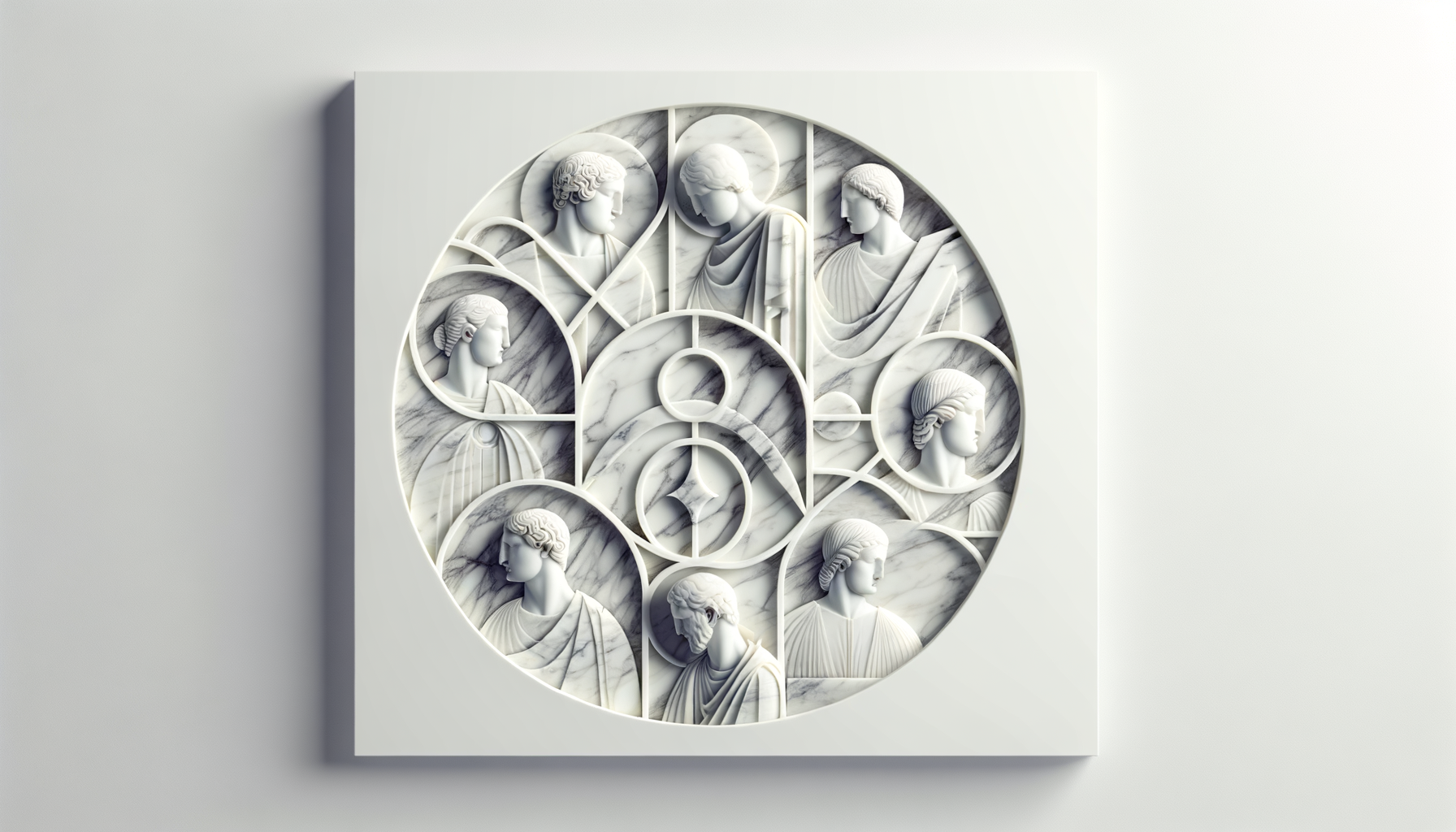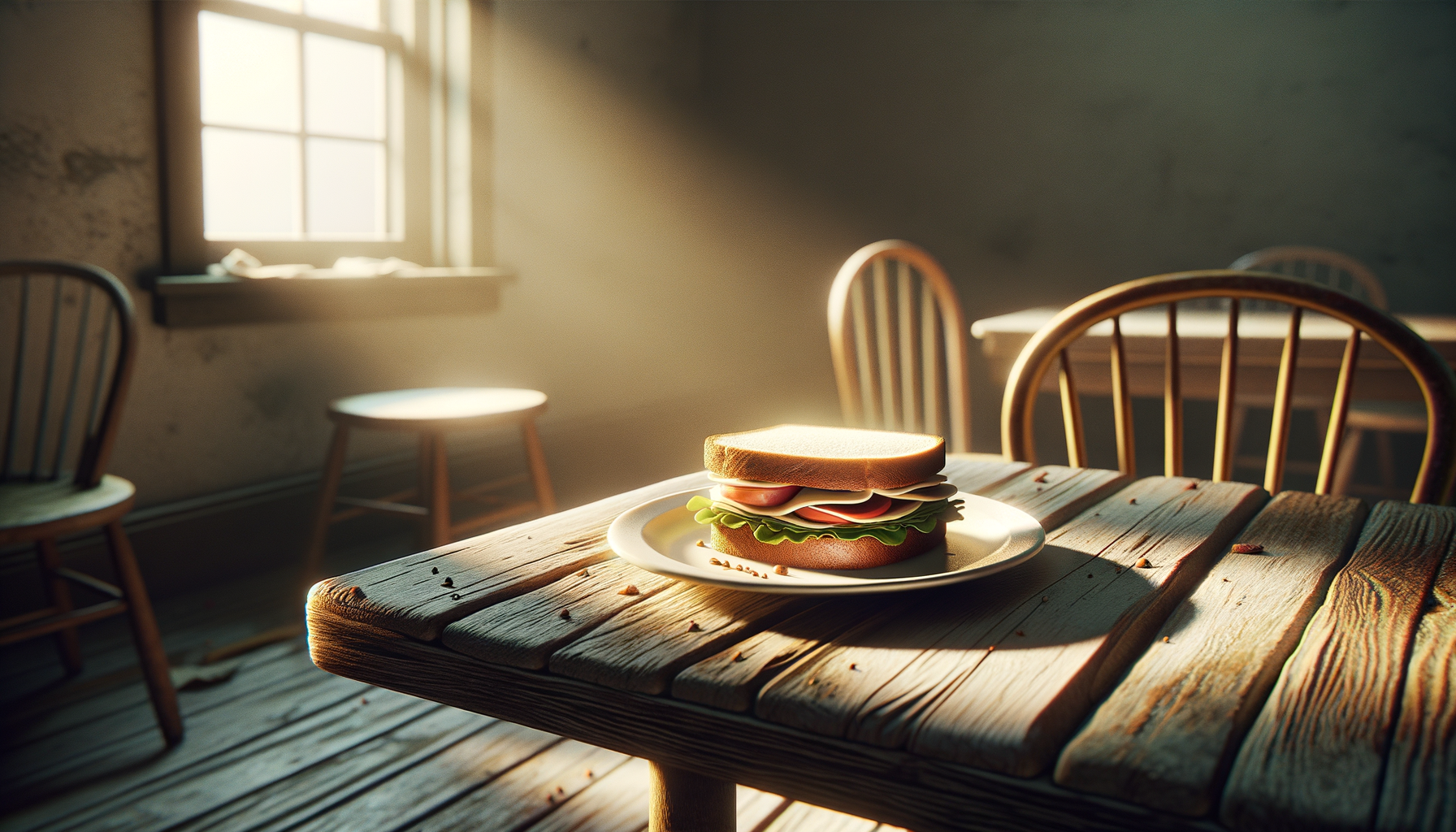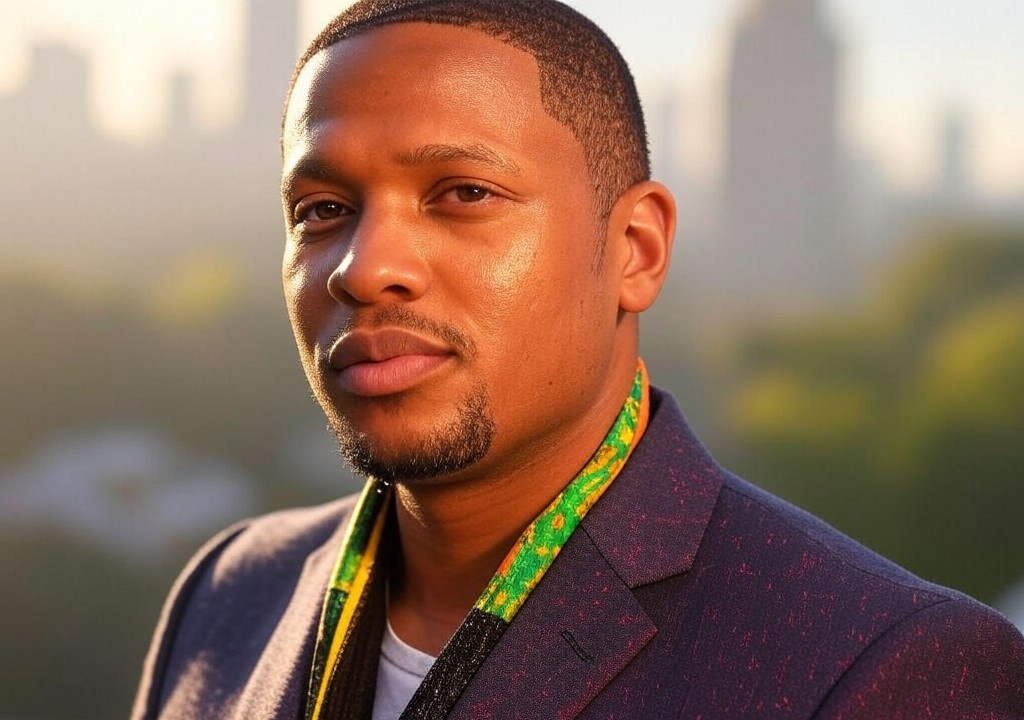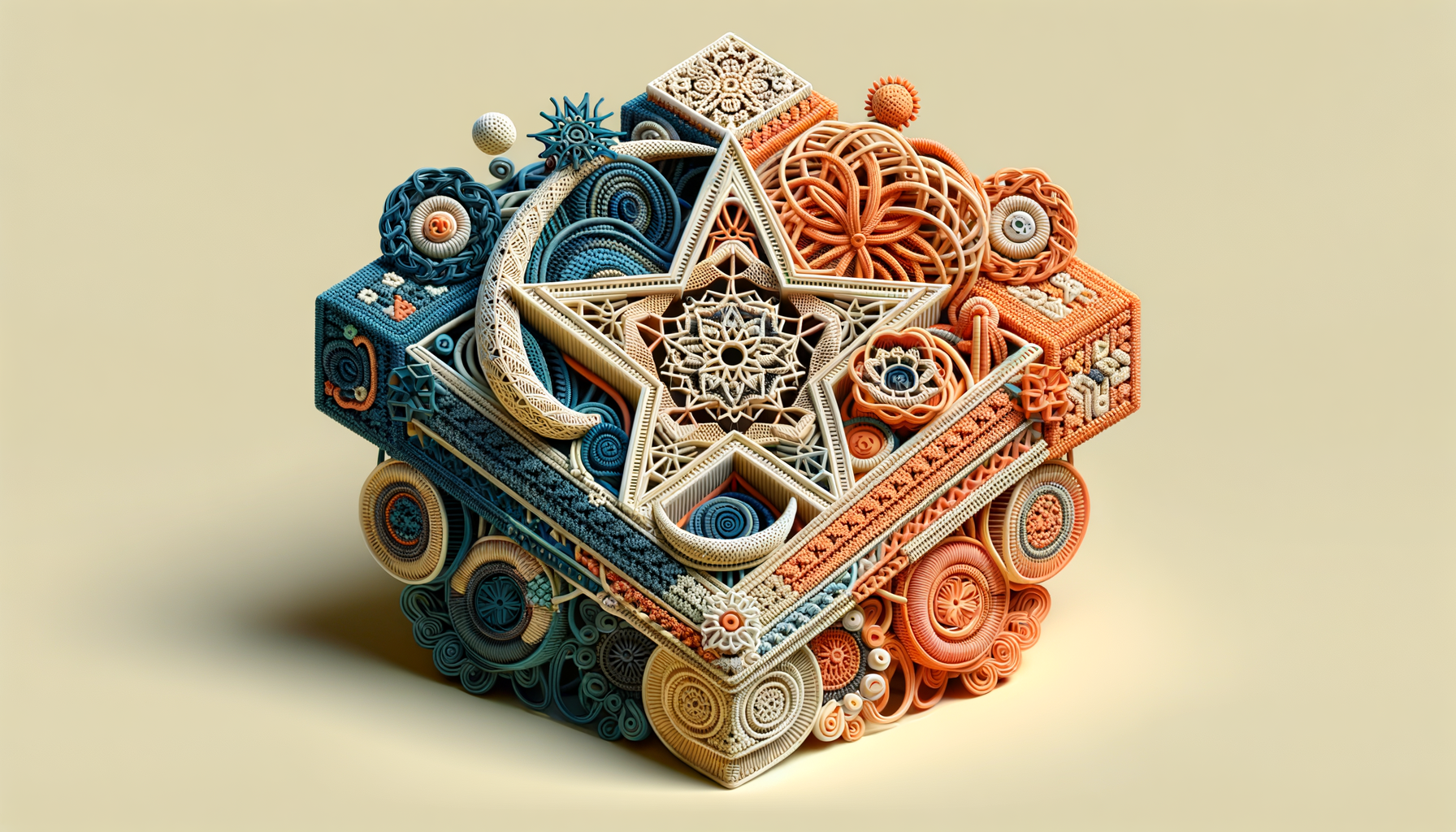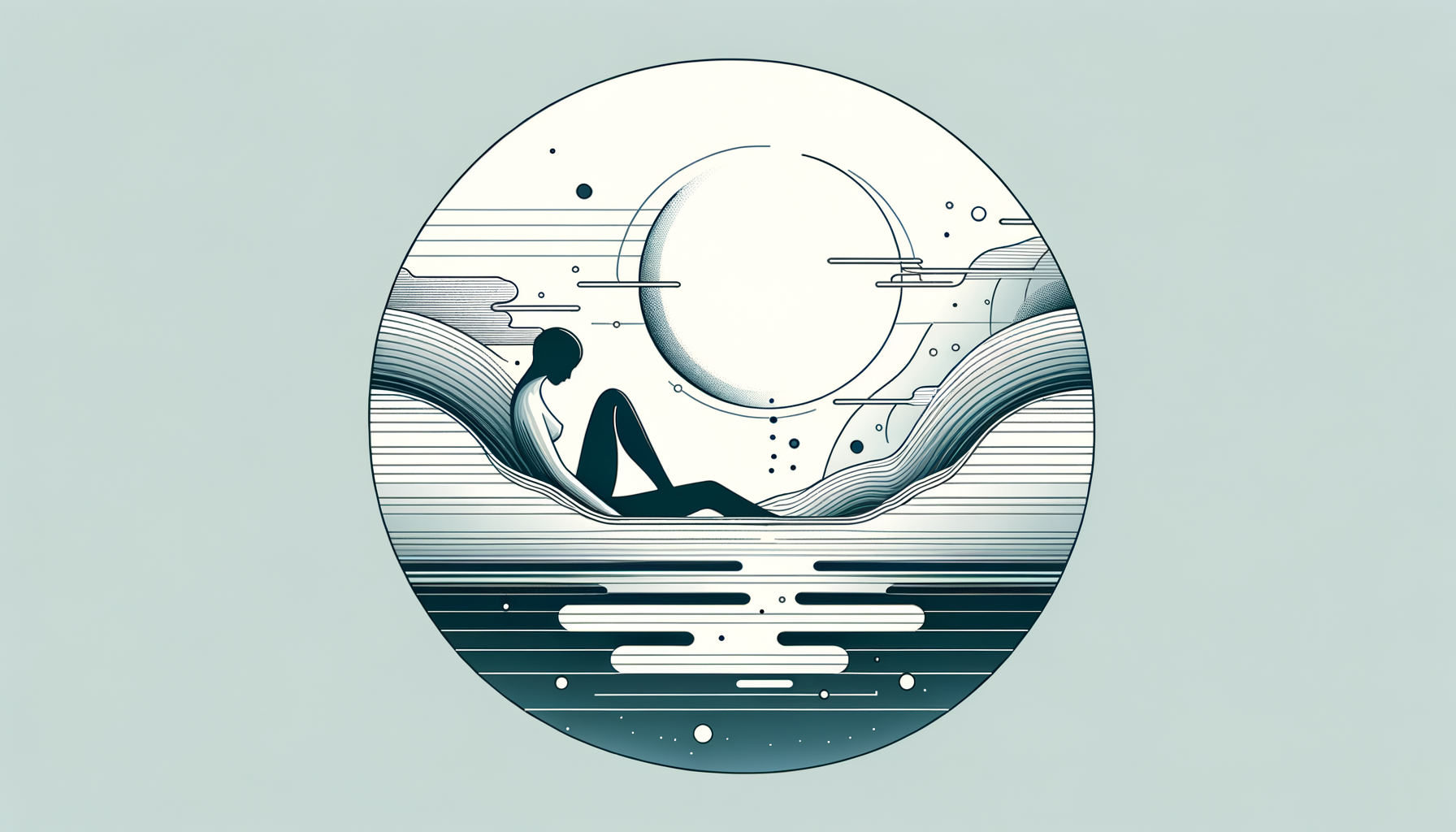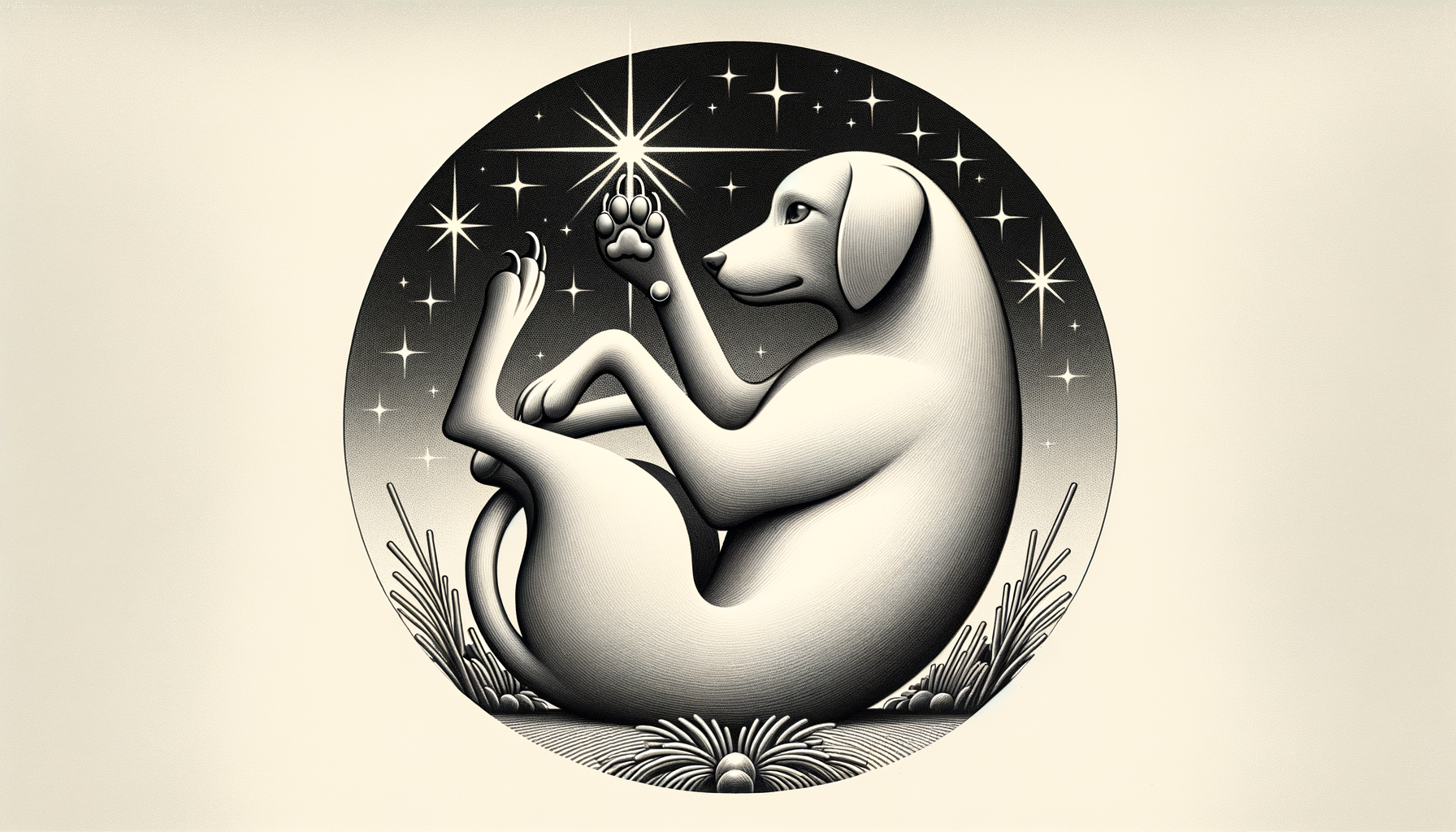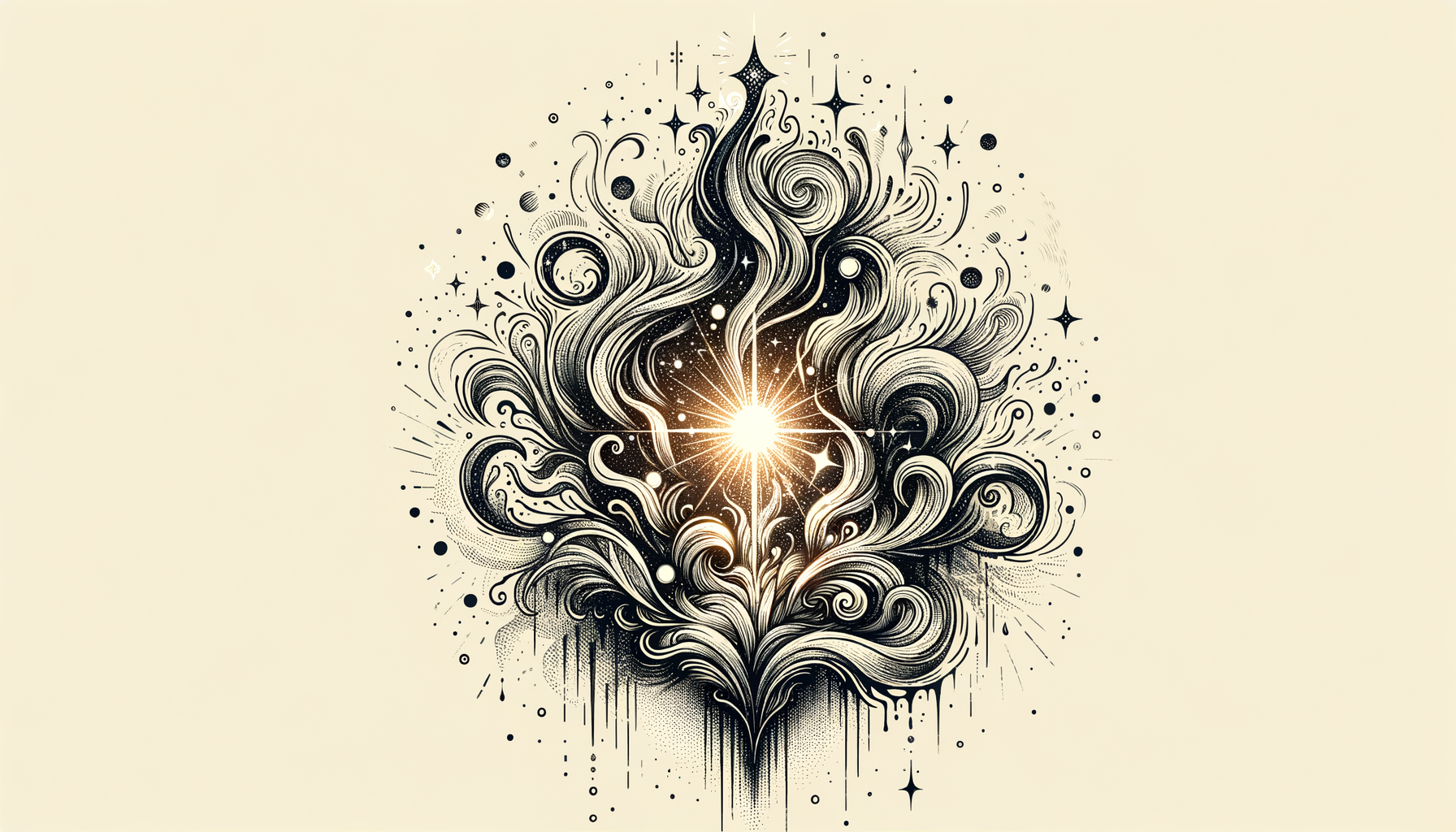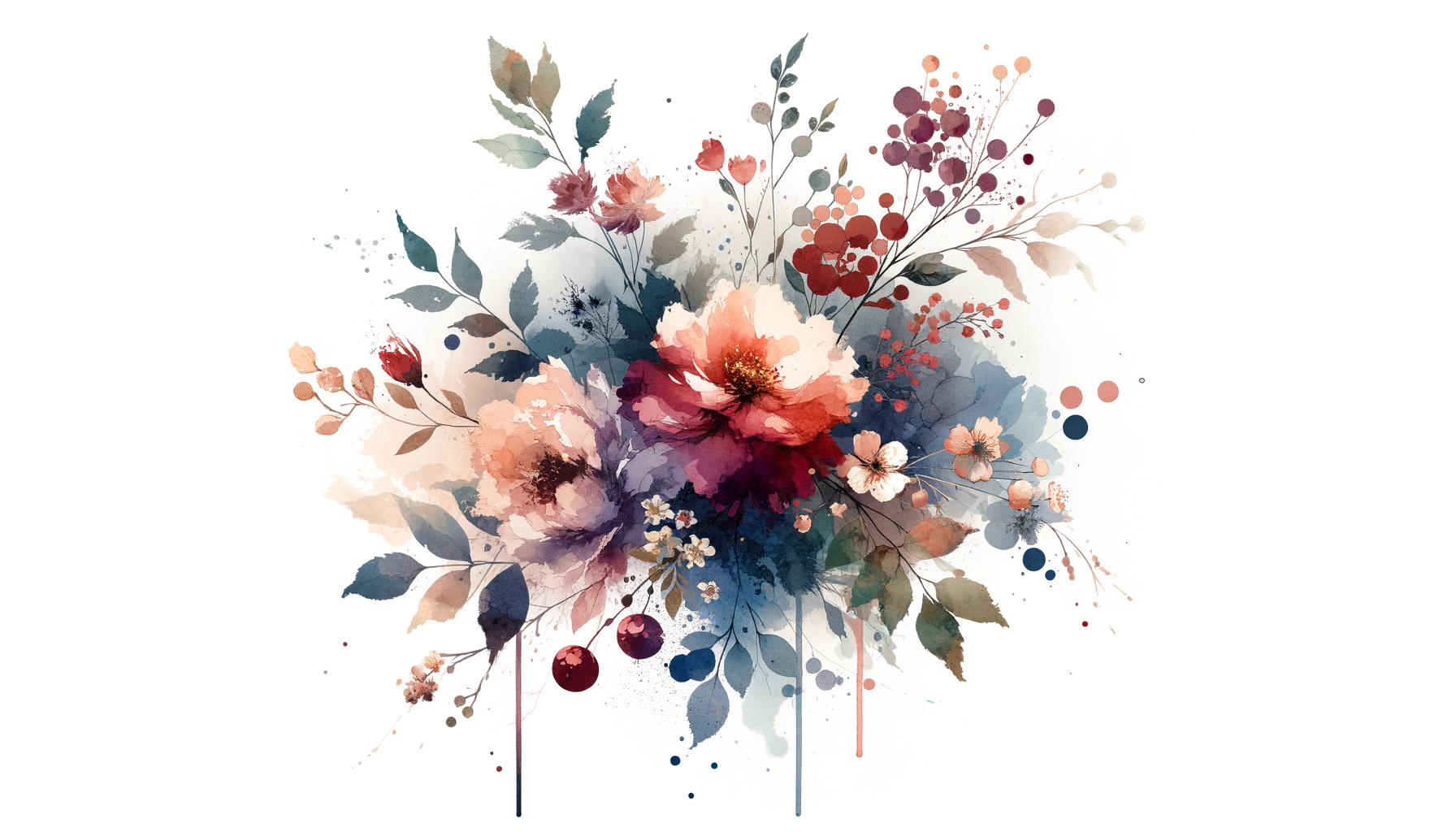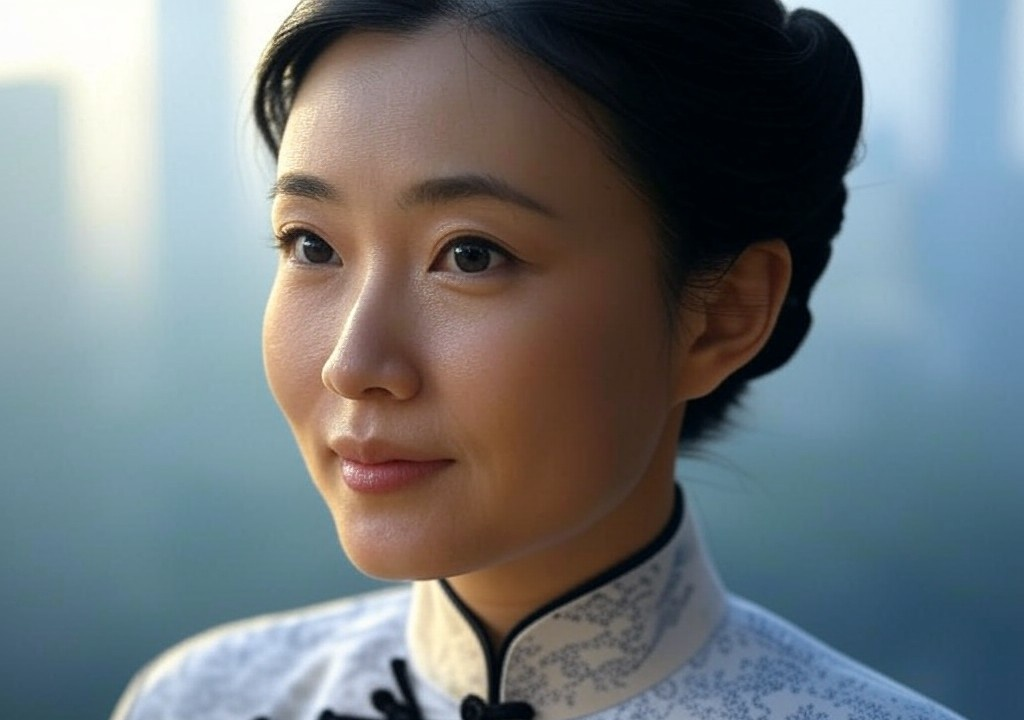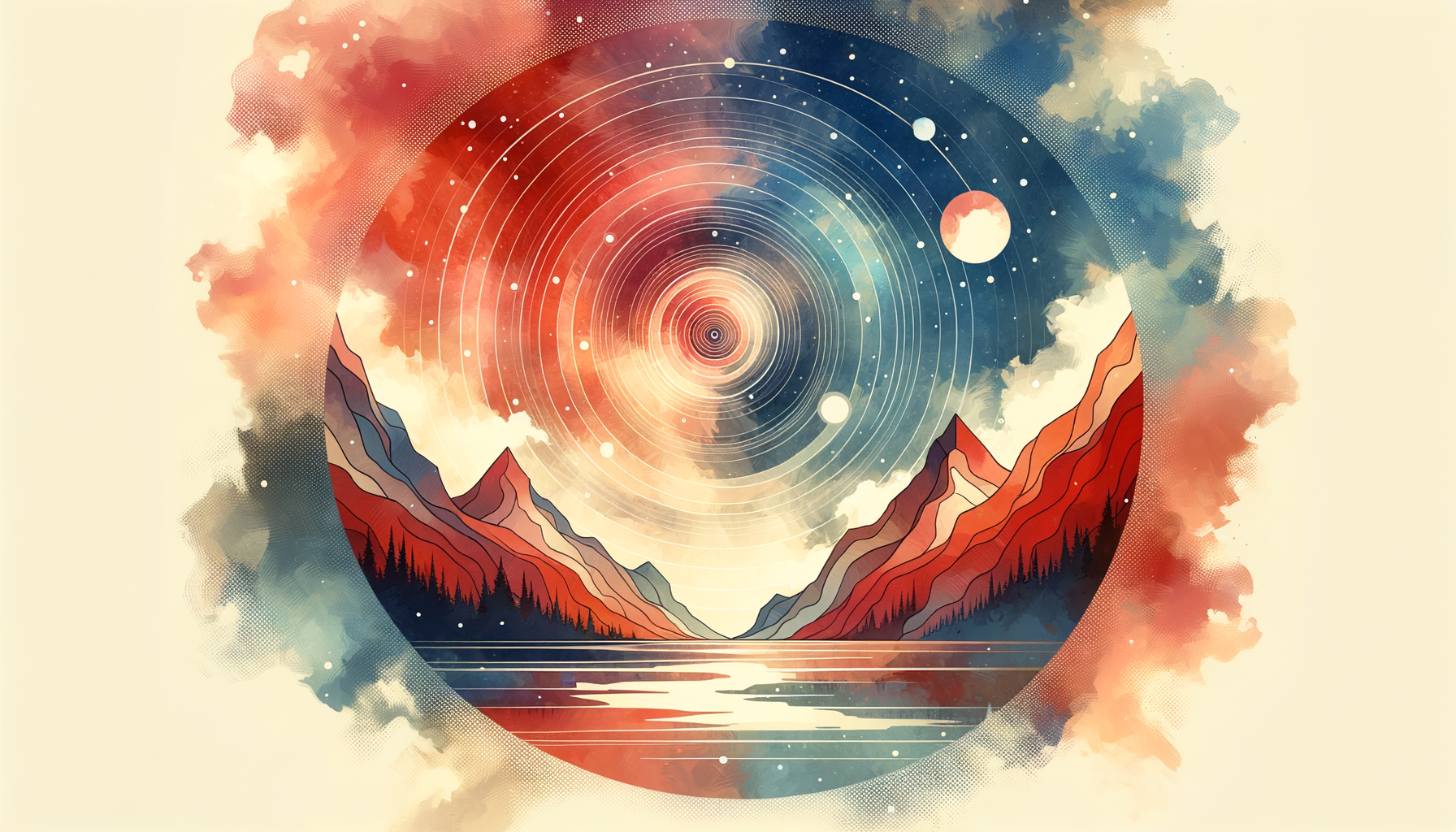In my early 20s, I could have been the poster child for “Nice Guy Syndrome.” I wasn’t the suave, mysterious stranger you’d find in a rom-com. I was the guy holding the door open awkwardly, waiting on the universe to notice. My whole dating philosophy was based on the idea that being overly accommodating would eventually win someone over—like some karmic punch card. What I didn’t realize was that this approach wasn’t doing me (or anyone else) any favors.
The turning point came after a particularly cringeworthy stretch of months where I had dated someone who described their ideal weekend as “anything involving skydiving or tequila shots,” even though my speed was more “board games and chamomile tea.” Somehow, I’d convinced myself that compromising every part of who I was would actually strengthen the connection. Spoiler alert: it didn’t. After that relationship ended—and not terribly gracefully—I realized I needed a reset. Enter the life-altering habit: clarity. Specifically, getting crystal clear about what I genuinely wanted out of life, relationships, and myself.
This might sound overly simple, but clarity changed everything for me—and it can change everything for you, too.
Defining What You Actually Want
First, let’s address what clarity is not. It’s not about crafting a detailed Pinterest vision board of your soulmate. Nor is it a license to be hyper-picky, ruling people out because they like pineapple on pizza or have a questionable taste in ‘80s power ballads.
Clarity, as I’ve come to see it, is taking the time to understand who you are and what you actually value. Early on, I hadn’t done that work. My approach to relationships was more “Please pick me!” than “Do we actually connect?” I’d bend myself into whatever shape I thought someone wanted, ignoring the parts of me that felt unfulfilled or unseen. Spoiler alert: that’s a recipe for burnout.
One weekend, post-breakup and knee-deep in introspection, I broke out an old notebook and jotted down two columns: “What I Need” and “What I Don’t.” Simple, right? Turns out, just writing out the things I valued—shared humor, an appreciation for the outdoors, intellectual curiosity—was like finding the map to a treasure I didn’t know I’d buried. On the flip side, I got honest about what wasn’t negotiable anymore: constant drama, mismatched communication styles, and pretending to enjoy loud bars when in reality I’d rather be stargazing in Bryce Canyon.
The Power of Saying “No, Thank You”
Here’s where clarity became a superpower: it taught me how to say “no.” And not in a mean way, but in a “This isn’t a fit, and that’s okay” kind of way. For someone who had spent years tiptoeing around conflict like it was a particularly sensitive hiking trail, this was liberating.
Did saying no feel weird at first? Absolutely. One woman I said no to seemed baffled, like I’d handed her a restaurant check before the appetizers even arrived. But what I realized was that by owning my boundaries and not wasting anyone’s time, I was being kinder in the long run. Clarity doesn’t just help you—it helps others by setting mutual expectations.
Think of it like curating a playlist. If you’re into indie folk and someone sends you a playlist of screamo metal bangers, they’re great for someone, but probably not you. Loving yourself enough to admit that upfront saves everyone a lot of unnecessary air-guitar performances.
Spotting the Difference Between Settling and Growing
Now, let me clarify something important: clarity doesn’t mean shutting yourself off to growth. My deep dive into my own values wasn’t about constructing an emotional fortress. It was about allowing myself to thrive without sinking into old patterns of self-sacrifice.
For example, I once met someone who was deeply into rock climbing—like, had-insurance-papers-ready-to-sign levels of intense. Initially, it was intimidating (I mean, I’m the guy who still uses the kiddie harness at climbing gyms). But because we had shared values—curiosity, deep conversations under open skies, and supportive energy—I gave it time. They encouraged me to step out of my comfort zone, and in turn, I showed them my favorite scenic trails that didn’t involve vertical walls of death. That’s the difference between growing together and settling for someone who wants you to become a completely different person.
Growth feels like being stretched in healthy, exciting ways. Settling feels like wrestling yourself into a personality that doesn’t fit.
Practical Tips to Build the Clarity Habit
Clarity isn’t a one-and-done process. It’s an ongoing habit that requires some intentional effort. Here’s what’s worked for me:
-
Journal It Out: Buy yourself a notebook that sparks joy (mine has pines trees on the cover, obviously). Jot down what’s making you happy and what’s weighing you down—whether in your romantic life, friendships, or just daily routines. Patterns tend to emerge when you see it on paper.
-
Set Smaller Boundaries, First: Think of clarity-setting as a workout for your emotional muscles. Start small. Practice saying no to things (or people) that drain your energy, like the third pyramid scheme text from your “entrepreneurial” cousin.
-
Celebrate Green Flags: Remind yourself to savor the small moments when things align. For me, this looked like leaning into shared interests that felt natural, not forced. If someone lights up over the same esoteric James Baldwin passage that speaks to your soul? That’s a green flag worth waving.
-
Embrace Grace in Endings: Not every connection will be “the one,” and that’s okay. Part of clarity is learning to let go of mismatched expectations without seeing them as failures. I now think of breakups as chapter endings, not catastrophes—sometimes, the next chapter just isn’t meant for two.
The Biggest Lesson: Clarity Keeps Evolving
Ironically, clarity doesn’t mean certainty—it means staying adaptable while grounded in your values. As someone who grew up in an environment that prized tidy answers to big questions, this was a tough but rewarding lesson. My notebooks of “What I Need/What I Don’t” from years ago look a little different from today’s lists, and that’s how it should be. Relationships—and life—aren’t static. They evolve. So does what we need in them. But the more clarity you bring to each stage, the richer the journey becomes.
If I’d known in my “Nice Guy” phase how much this habit would anchor me, I probably would’ve saved enough money on self-help books to afford a trip to Zion. But hey, life’s lessons tend to take the scenic route.
Wherever you are in your own journey—wading through mismatched date nights or standing on the edge of something new—clarity can be the habit that saves you. Not by giving you quick fixes, but by connecting you back to yourself. And that’s where every good love story begins.



